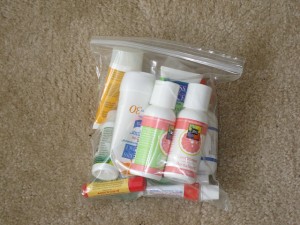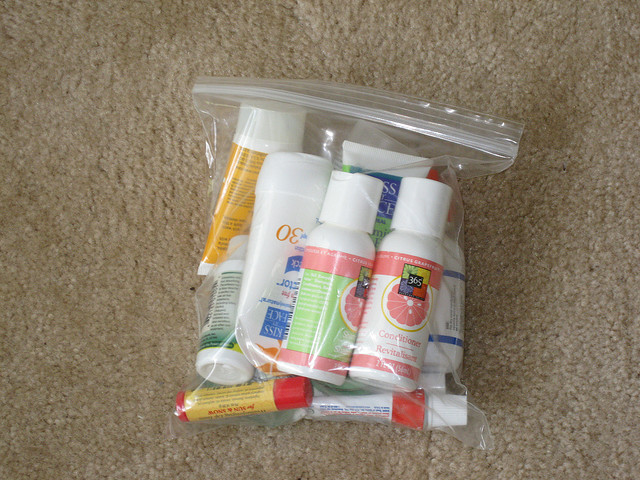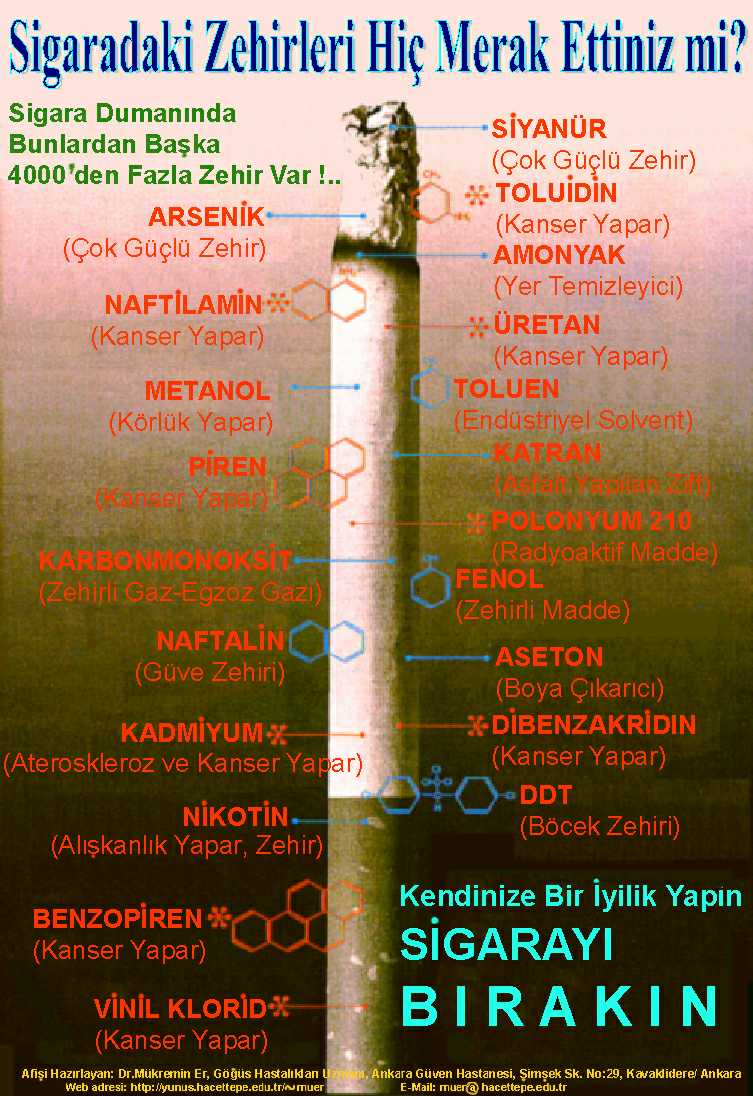The Transportation Security Administration or TSA with its well-known name is the authority for USA public travel security events. TSA is founded in 2001 after United States House of Representatives send it to President George W. Bush’s sign. It was a part of United States Department of Transportation but after 2003 it moved to Department of Homeland Security. TSA is founded as an answer to September 11, 2001, attacks. TSA show lots of controversies about security policies and today it’s using a 3-1-1 system on liquid policy on planes. How Many Liquids Can I Carry On a Plane in USA?
3-1-1 rule on carrying liquids on plane was started to be used in 2000s experimentally and in 2006 Transportation Security Administration make a big adjustment in rules. According to security experts, TSA decreased the level of ban. It’s now possible to carry liquids, aerosols and gels in 3.4 ounces (100 ml) containers. A little change on rule also allowed one quart-size clear plastic zip-top bag. Rule is called as 3-1-1 in public because of 3.4 ounce containers in a 1 quart bag, 1 bag per passenger allowance.
It’s possible to take products bought from markets to plane after security passed. Also breast milk and medications are except of the restriction. It was a problematic topic that half-full tubes or rolled up toothpaste tubes are allowed or not but TSA didn’t allow both of them.

Security officers have a right to ask about ingredients of bag even it’s an exception or not. Juice, baby formula or breast milk is allowed only if there’s small child or baby travelling with. Gels or liquids which are a need for passengers with disability or medical problem are allowed. Also frozen items are allowed but if it’s a little melted or if there are any liquid at the bottom of container it needs to stop by officers. Exceptions don’t need to be packed in 3-1-1 rule but they must be declared to officers.
TSA prepared a brochure after the questions that what is a gel or liquid for them. Answer was very explaining that if it can be poured, pumped, squeezed, spread, smeared, sprayed or spilled, it’s a gel or liquid.
After experimental years on 3-1-1 system, today it gained international acceptance. First reaction came from England because TSA started 3-1-1 rule after thwarted liquid explosive bomb attempt to an English flight in 2006. Countries like Australia, Tunisia, Japan and Netherlands started to harmony their rules to 3-1-1.

System is criticized in first years because of slowing the security passes and creating long tails in big airports. But after two years, people started to adapt the system and tail problem is now very low. 3-1-1 rule also applied for carry-on baggage.
It’s very important to know that whether a dangerous liquid pass the security with a faulty control, passenger is in danger of arresting.
TSA created a detailed web site about 3-1-1 rule, prohibited and allowed items, liquids. Web site also gives responsibility to all passengers about rules. Also there’s a mobile version of web site and it’s possible to view this site from all mobile operating systems easily. Site allows to see Airport status, Can I bring page, TSa guide, View Security Wait Times page, Post Security Wait Times and weather information. On-Time Performance page of mobile is working and still developing by experts.
Also whether the liquid passenger is carrying is dangerous or not, TSA have the right for not to allow it. Also they can start alarms if there’s a suspicious position.





